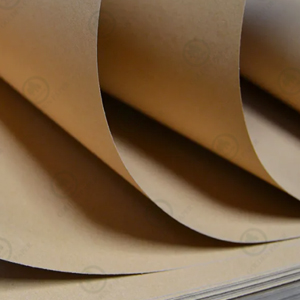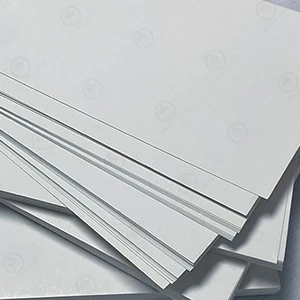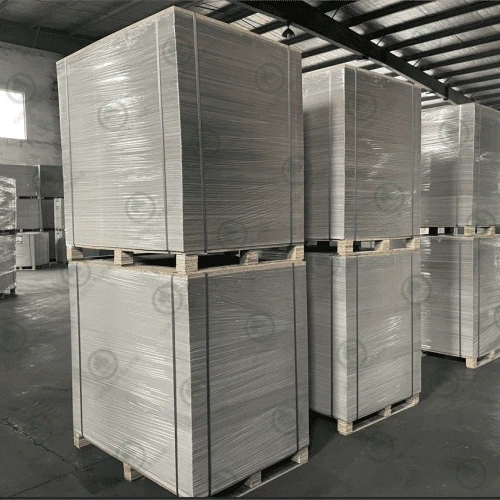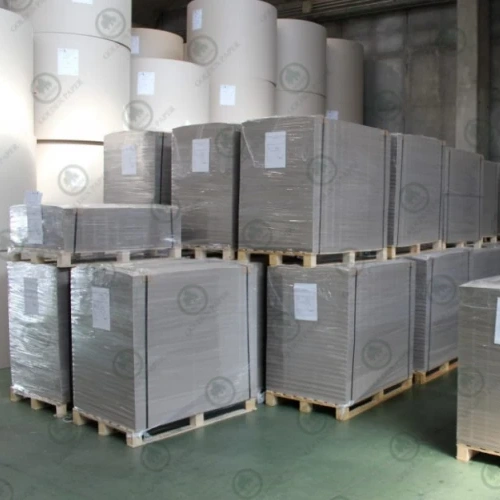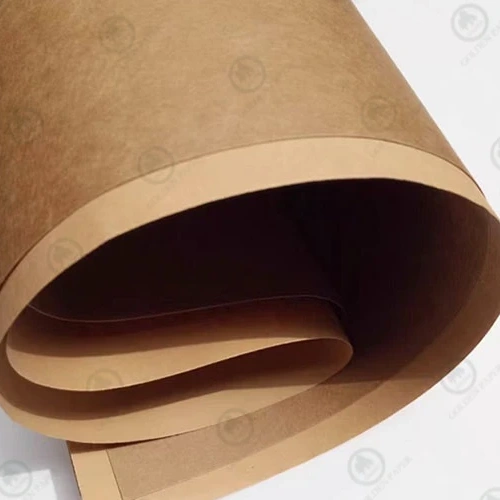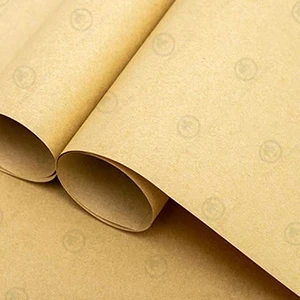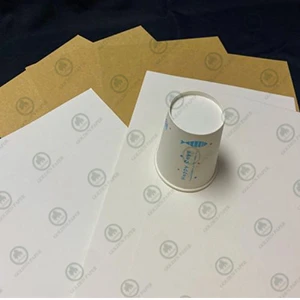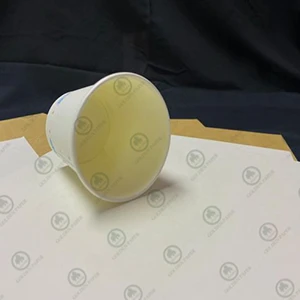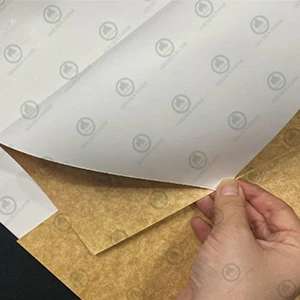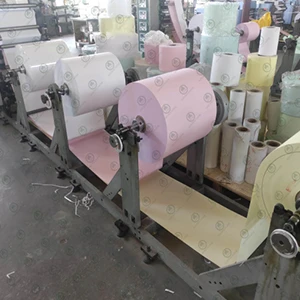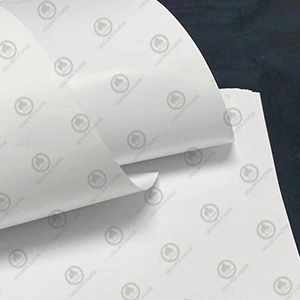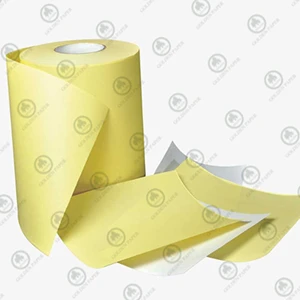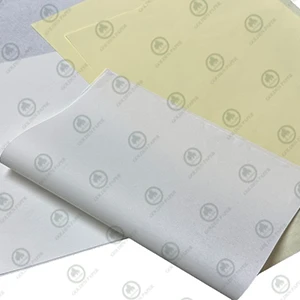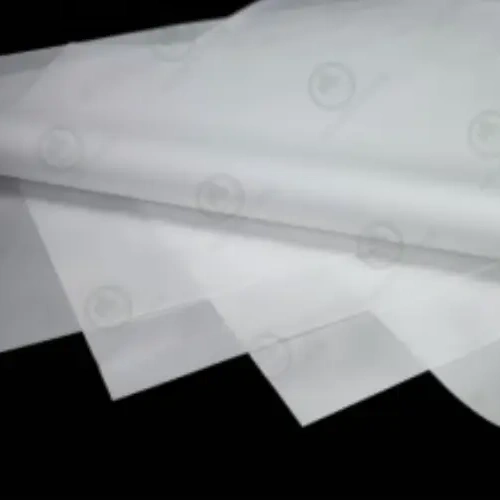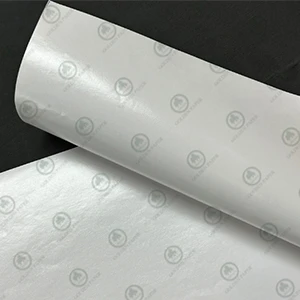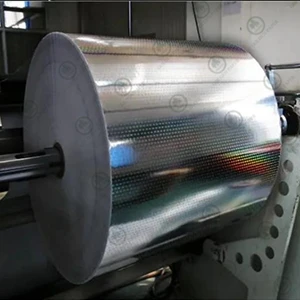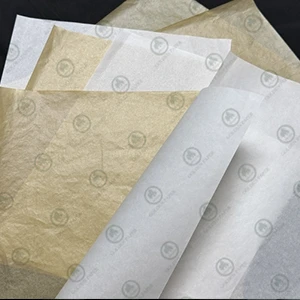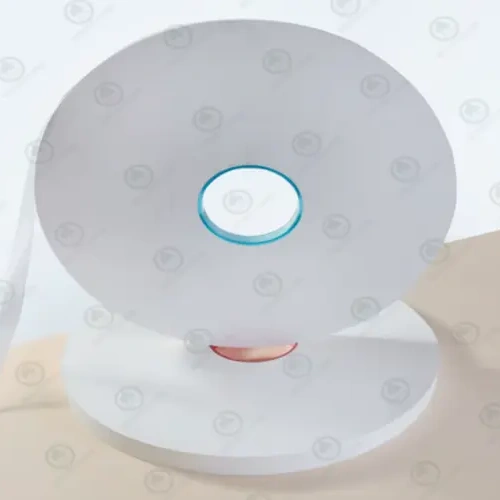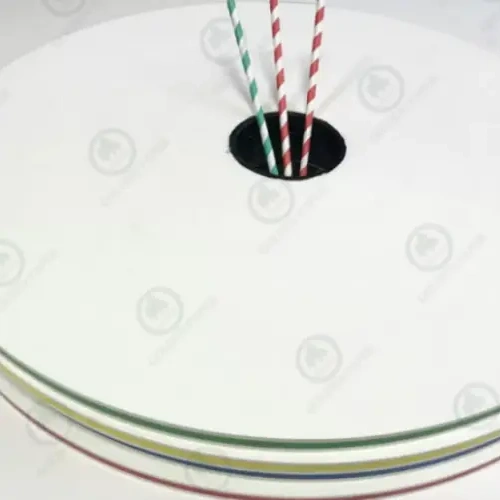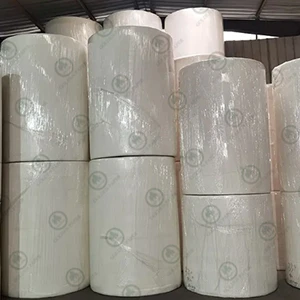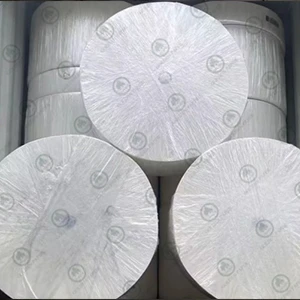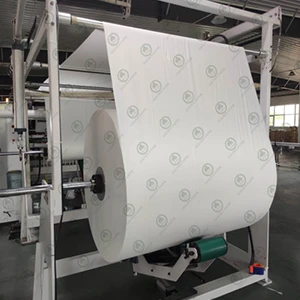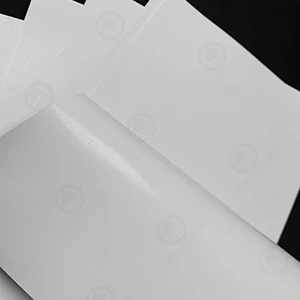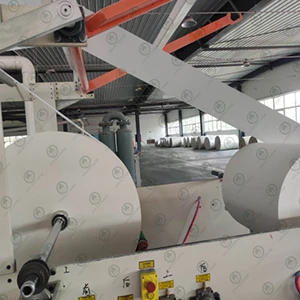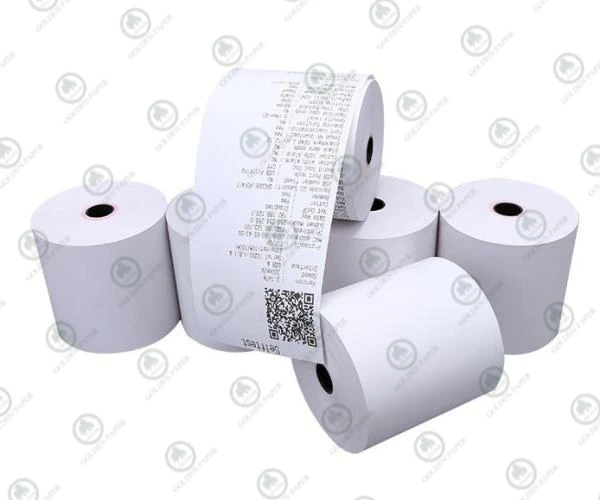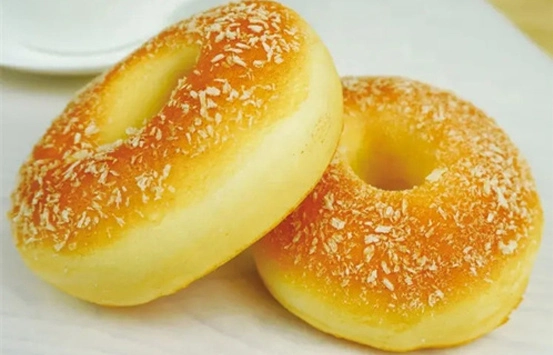Introduction
When choosing paperboard for packaging, you may wonder what the differences are between SBS and FBB. Whether you're a packaging designer, a procurement manager, or a brand owner, understanding the key differences between SBS and FBB can help you make smarter, more cost-effective material decisions. This article breaks down their structure, performance, and typical uses to help you choose the right board for your packaging needs.
SBS Definition
SBS (Solid Bleached Sulfate) board, also known as white-core paperboard, is a premium-grade packaging paper made from 100% bleached chemical virgin pulp. Because no mechanical pulp is used, SBS has a smooth, bright white surface on both sides. It typically comes in two- or three-ply structures, but regardless of the number of layers, it features a clean appearance and superior print performance. Thanks to its high brightness, smoothness, and strength, SBS board is ideal for high-end packaging that requires excellent visual impact and print quality.
FBB Definition
FBB (Folding Box Board), often called cream-core board, is a multi-ply board composed of a top layer of bleached chemical pulp, middle layers of mechanical or thermomechanical pulp (MP or TMP), and a bottom layer of bleached pulp. The mechanical pulp in the middle provides increased rigidity and bulk. While the coated top layer is suitable for printing, the slightly yellowish or brownish middle layer creates a visible layered edge, especially on cut surfaces.
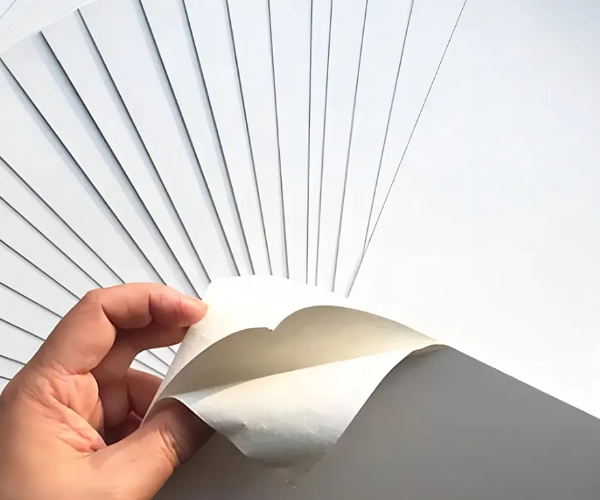
The Difference Between SBS and FBB
Structure
The most fundamental difference between SBS and FBB lies in how they're made. SBS board is produced entirely from bleached chemical pulp, resulting in a tightly bonded fiber structure that offers higher purity and strength. No mechanical pulp is involved. FBB, on the other hand, combines chemical and mechanical pulp in a multi-layer design. This structure helps reduce cost while improving stiffness and thickness, making FBB a cost-effective and durable option for packaging.
Appearance
SBS board is known for its ultra-bright, uniform white color—inside and out. This makes it ideal for luxury packaging where a clean, crisp look is essential. In contrast, FBB also has a white printable surface, but the inner mechanical pulp layers tend to show a light yellow or cream color. These layers can sometimes be seen along the edges, which may slightly impact the perceived quality, though this rarely affects the overall appearance in practical applications.
Performance
In terms of print performance, SBS excels. Its smooth surface and dense fiber structure allow for precise reproduction of detailed graphics, foil stamping, embossing, and other premium print finishes. SBS also has better moisture resistance and structural integrity under extreme conditions, making it well-suited for refrigerated, pharmaceutical, or medical packaging.
FBB, while not as smooth or bright as SBS, provides excellent folding strength and rigidity, making it ideal for die-cutting, creasing, and folding applications. It’s widely used for functional packaging like food boxes, medicine cartons, and other consumer goods that need to hold their shape during transport or display.
Application
Because of its high-end look and superior printability, SBS is often used for premium cosmetic packaging, luxury product boxes, high-end electronics packaging, and pharmaceutical cartons. Brands that prioritize image and precision printing prefer SBS to enhance shelf appeal and brand perception.
FBB, meanwhile, is widely used in everyday consumer packaging, especially in the food industry—for frozen meals, candy boxes, cereal packaging, and personal care products. Its lower cost and excellent durability make it a go-to option for large-volume production where value and function need to go hand in hand.
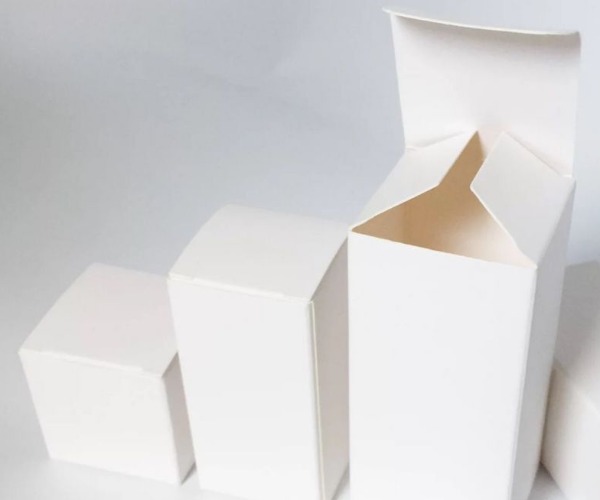
Conclusion
Now that you’ve seen the detailed comparison, you likely have a better understanding of how SBS and FBB differ—and where each performs best. If you’re still unsure or need help sourcing the right packaging paperboard, feel free to reach out to us. At Golden Paper, we specialize in high-quality SBS and FBB boards and are ready to provide fast, reliable service tailored to your packaging needs.
 GOLDEN PAPER
GOLDEN PAPER
 EN
EN
 fr
fr  de
de  es
es  it
it  ru
ru  pt
pt  ar
ar  vi
vi  tr
tr  id
id 